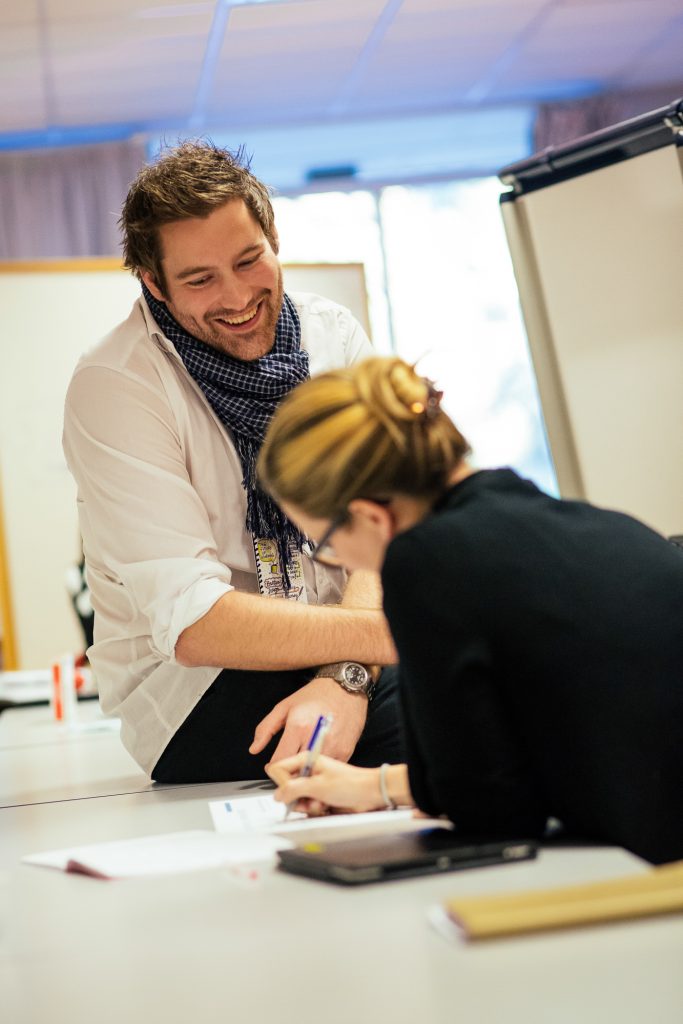Helping Heuristics

Practice progressive methods for helping others, receiving help, and asking for help
Overview
Heuristics are structures that signal important elements to consider when entering a new situation. They are a tool to simultaneously develop deeper insight and help to respond with a quick decision-making attitude. This method is based on short exchanges that reveal effective heuristics.
How to use it
- Avoid common traps when giving and asking for help.
- Change unwanted giving help patterns that include: premature solutions, unneeded advice; adding pressure to force use of advice; moving to next steps too quickly; trying too hard not to over-help.
- Change unwanted asking for help patterns that include: mistrusting, not sharing the real problem; accepting help without ownership; looking for validation, not help; resenting not getting enough.
- Improve inter-professional coordination in any professional group.
- Expand options when frustration takes over while in the process of helping another work team member.
How to apply it
Start:
- You are invited to view all human interactions as offers that are accepted or blocked (e.g., improv artists are trained to accept all offers).
- You are invited to act, react to or observe four patterns of interaction.
- You are invited to reflect on your own pattern as well as shifting how you ask, offer, and receive help.
Setting:
- Standing face-to-face. Everyone has one of three possible roles (it is a good idea to switch roles as the activity progresses). Form groups of three: a pair interacting (client and coach) plus one observer. It is a good idea to switch roles as the activity progresses.
Time/Steps:
- Four rounds of 1-2 minute improvised interactions, followed by 5 minutes of debrief.
- One client shares a challenge they are passionate about. While the observer pays close attention, the coach responds in the following pattern:
- Quiet Presence: the coach accepts all offers, and listens compassionately.
- Guided Discovery: the coach accepts all offers, and guides an inquiry for mutual discoveries.
- Loving Provocation: the coach interjects advice, accepting and blocking offers as needed.
- Process Mindfulness: coach and client accept all offers, working at the top of their intelligence. They should notice how novel possibilities are amplified by this mental approach.
- Debrief on the use of all four helping patterns.
How to adapt it
- Each person can be invited to create their own profile, self-identifying their default patterns and opportunities for growth.
- Start with ‘fun’ patterns: neutral (zero response) and blocking by ignoring and interrupting.
- Used when an activity like What I Need From You (WINFY) does not achieve its full potential—when you have fallen into one of the unwanted asking for or giving help patterns.
Tips
- Encourage people to change roles in each round.
- Focus on the client finding their own solutions (self-discovery in a group).
- Note status differences, the setting, body language, demeanour, subtle signals.
- The first round can be used as preparation for deeper work on any single pattern (i.e. quiet presence, guided discovery, loving provocation and process mindfulness).





